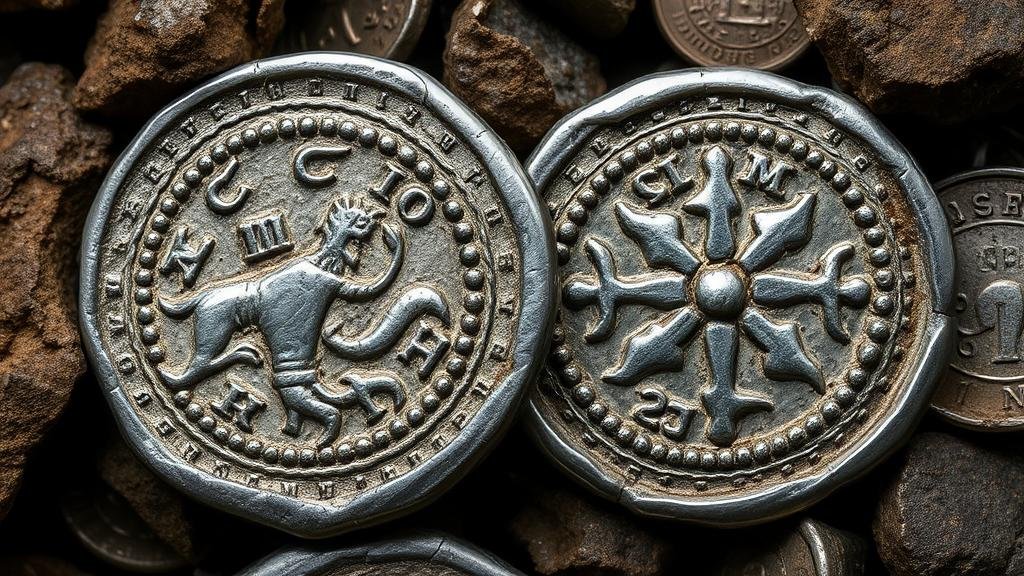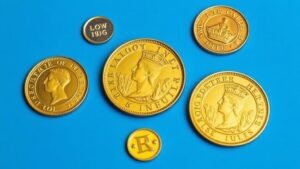The Recovery of the Dirhams Hoard: Viking-Age Silver Coins Found in Northern European Burial Sites
The Recovery of the Dirhams Hoard: Viking-Age Silver Coins Found in Northern European Burial Sites
The Viking Age, spanning from approximately 793 to 1066 AD, was a period characterized by exploration, trade, and cultural exchange across Northern Europe and beyond. Among the archaeological treasures that have surfaced from this era are dirhams, silver coins of Islamic origin, which reveal a great deal about the wealth, trade networks, and cultural influences that intersected during this time. This article will explore the significance of recovered dirhams hoards, focusing on their historical context, recovery methods, and broader implications for understanding Viking Age society.
Historical Context of Dirhams
Dirhams are silver coins that were first minted in the 7th century by the Umayyad Caliphate, inspired by the Roman denarius. As trade expanded across Europe and into the Middle East, these coins became integral to the Viking economy. The dirham facilitated trade between Vikings and various cultures, including the Abbasid Caliphate, where the coins were minted in large quantities.
Archaeological evidence shows that Vikings engaged in extensive trade, often using silver dirhams as a medium of exchange that held value across a diverse array of cultures and geographical locations. The prevalence of these coins indicates a thriving trade economy, which allowed for the import of goods like silk, spices, and other luxuries that enriched Viking society.
Excavations and Discoveries
The recovery of dirhams hoards has been facilitated through a combination of amateur digging, scientific excavation, and metal detection. Numerous significant finds have been made across Northern Europe, particularly in areas like Scandinavia, the British Isles, and parts of Eastern Europe.
- The Spillings Hoard: Discovered in 2013 in the Isle of Man, this hoard contained over 100 Viking-age dirhams, along with other items such as jewelry and weapons. The coins date back to the late 9th century.
- The Cuerden Hoard: Found in 2017 near Preston, England, this particular discovery included coins and artifacts that provided insight into the Viking presence in the region and their trade connections with the Islamic world.
These discoveries were often made in burial contexts, where dirhams were interred with the deceased, reflecting both the wealth of the individual and the cultural practices surrounding death and burial during the Viking Age. The coins served not only as a form of currency but as a representation of status and a means of facilitating a safe passage in the afterlife.
Analysis and Interpretation of the Finds
The dirhams found in hoards often featured inscriptions in Arabic, shedding light on the geopolitical relationships between the Vikings and the Islamic world. This mingling of cultures highlights the extent of Viking trade networks that connected different civilizations through commerce.
Also, the composition and quantity of coins found in hoards provide archaeologists with valuable data regarding economic practices and social stratification among Viking societies. For example, detailed analyses of the metals and mint marks on coins can indicate where they were produced and how far they traveled before reaching burial sites.
Implications for Viking Age Studies
The dirhams hoard significantly contributes to our understanding of the economic systems and cultural exchanges that were prevalent during the Viking Age. The presence of Islamic coins within Viking contexts illustrates the level of interaction and exchange between different cultures, breaking the perception of Vikings as merely raiders.
Also, the study of such hoards has implications beyond historical interest. It raises questions about identity, trade practices, and cultural assimilation in a rapidly changing world. For example, how did the introduction of foreign currency impact local economies? What social hierarchies emerged based on wealth and trade connections? These inquiries are critical for understanding the multi-faceted nature of Viking society.
Conclusion: The Path Forward
The recovery of dirhams hoards provides invaluable insight into the economic and cultural dynamics of the Viking Age. As archival practices evolve and technology advances, the potential for further discoveries and analyses increases. Archaeologists and historians must continue to engage with these materials to enrich our understanding and appreciation of this complex period in history.
To wrap up, dirhams recovered from burial sites are more than mere artifacts; they are gateways into the past, illuminating the interconnectedness of diverse societies during the Viking Age. Future research should focus on interdisciplinary approaches, combining archaeology with numismatics, history, and even technology to foster a more comprehensive understanding of these fascinating exchanges.



